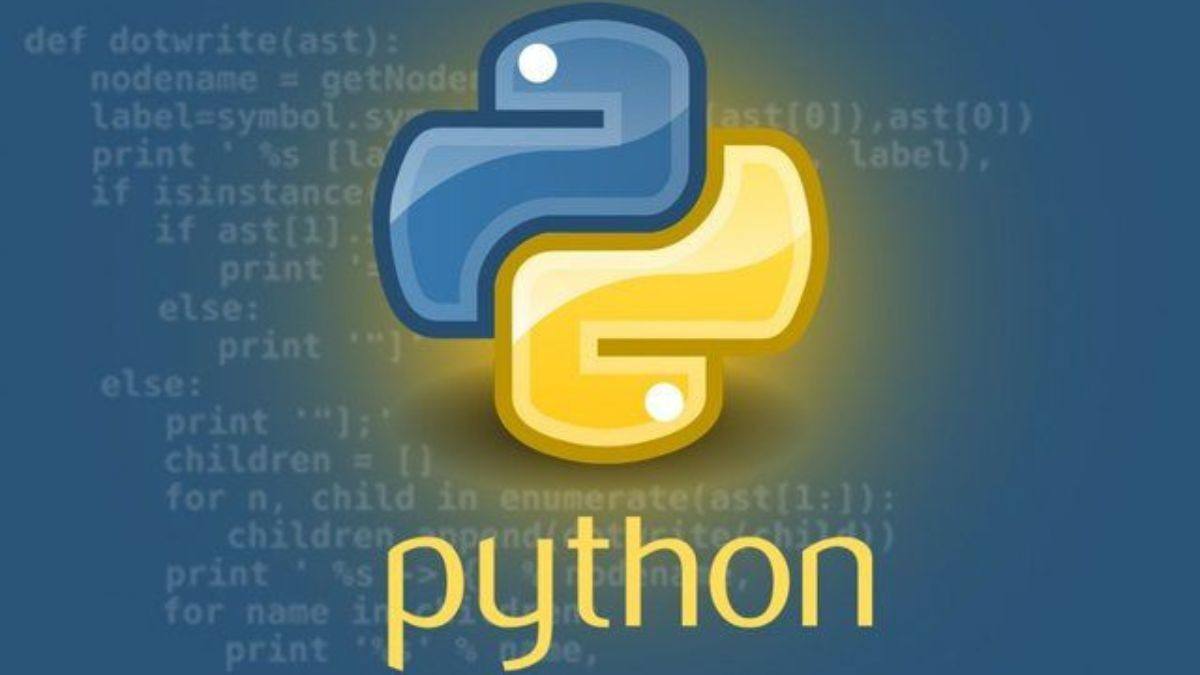Become An Instructor

Python is a powerhouse for data science. It offers a vast ecosystem of tools that make complex tasks simple and efficient.
Today, we introduce the Pandas library. Pandas is one of the most popular and essential libraries in the Python data science stack.
We'll learn how to create and manipulate the primary Pandas data structure. This structure serves as the foundation for most data analysis workflows.
The DataFrame is the star of the show. It acts as the central object you'll work with in Pandas.
A DataFrame is like a super-powered spreadsheet inside your Python code. It combines the flexibility of Python with the familiarity of tabular data.
You can think of a DataFrame as a table with rows and columns. Each column can hold different types of data, such as numbers, strings, or dates.
Creating a DataFrame is straightforward. You can build one from dictionaries, lists, CSV files, or even databases with just a few lines of code.
Once created, manipulation becomes intuitive. You can filter rows, add columns, sort data, or handle missing values effortlessly.
Pandas empowers you to clean, transform, and analyze data at scale. This makes it indispensable for real-world data science projects.
Mastering DataFrames unlocks the full potential of Python in data science. Get ready to turn raw data into actionable insights.
